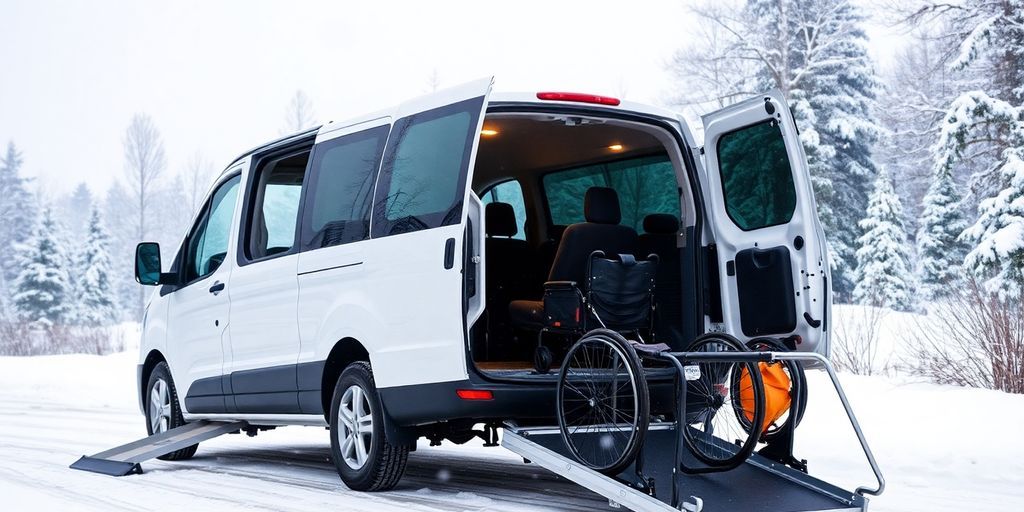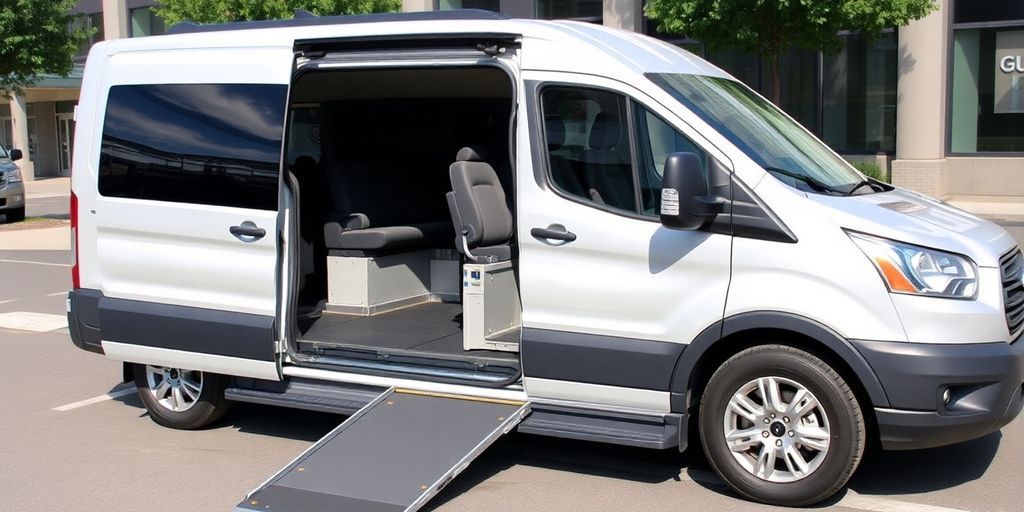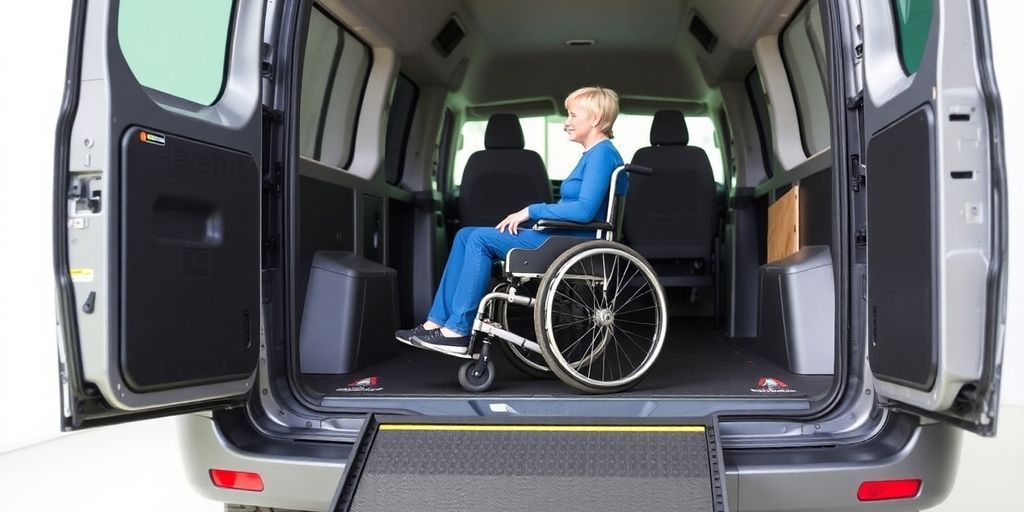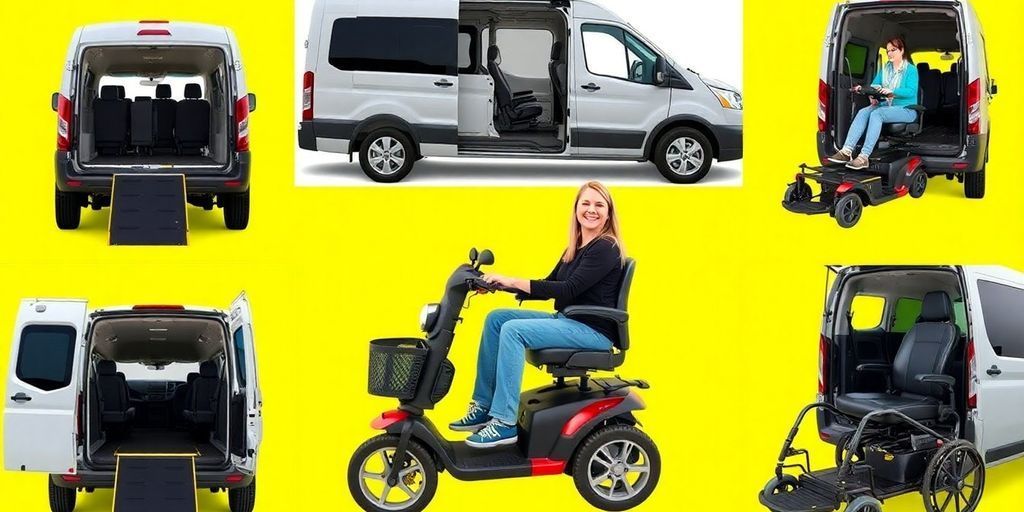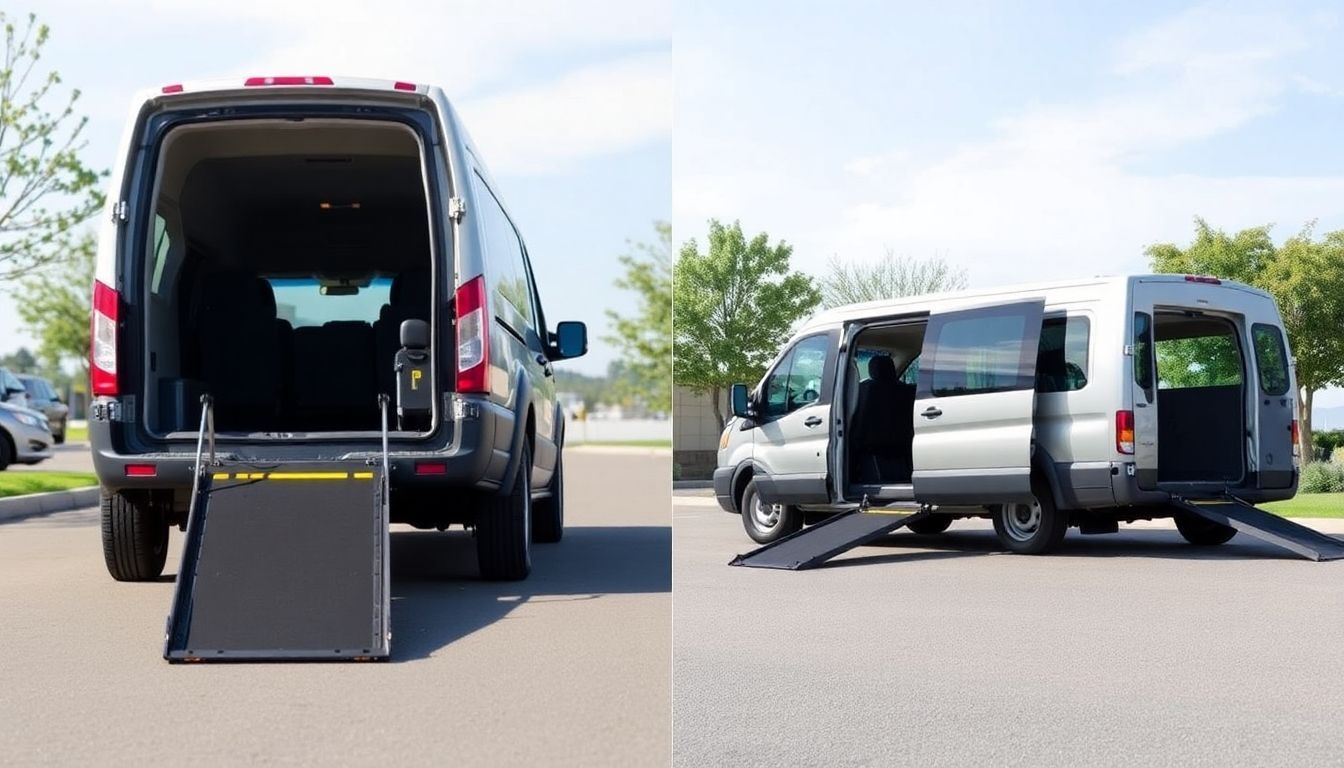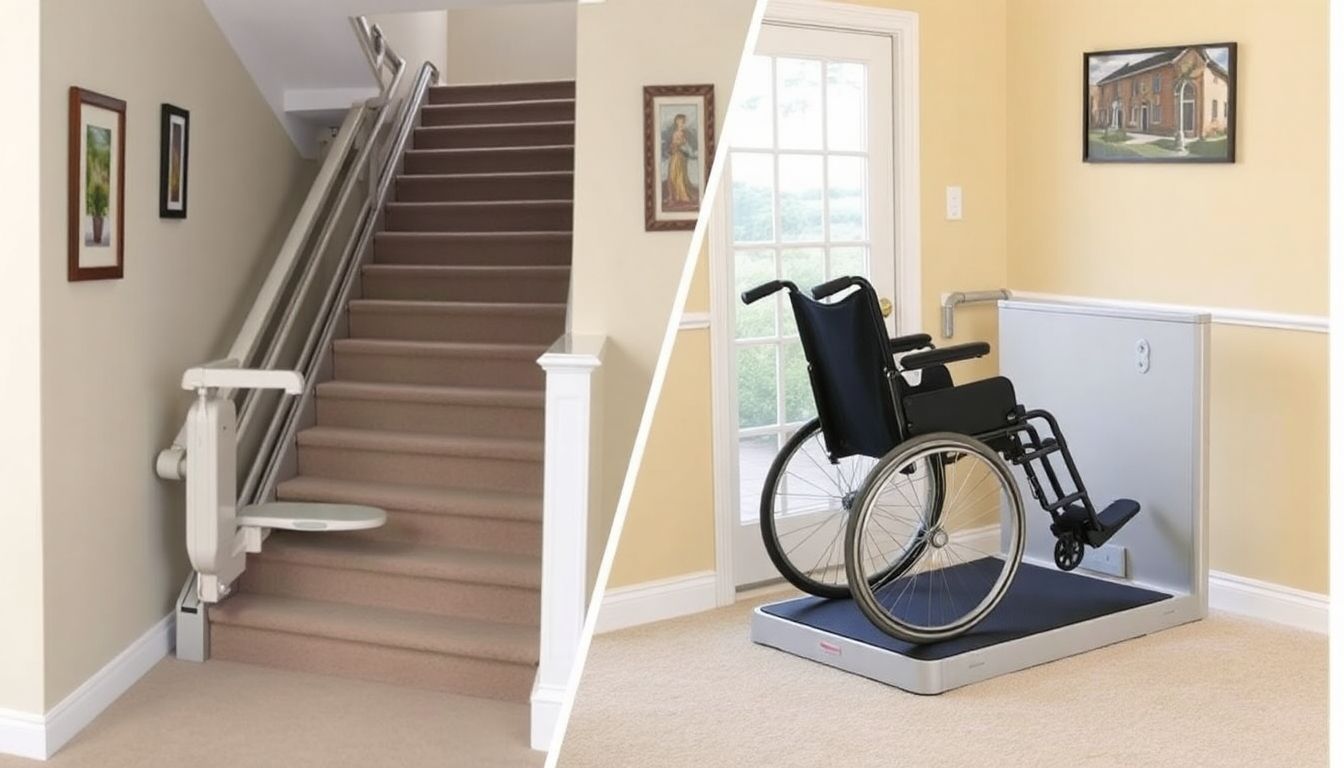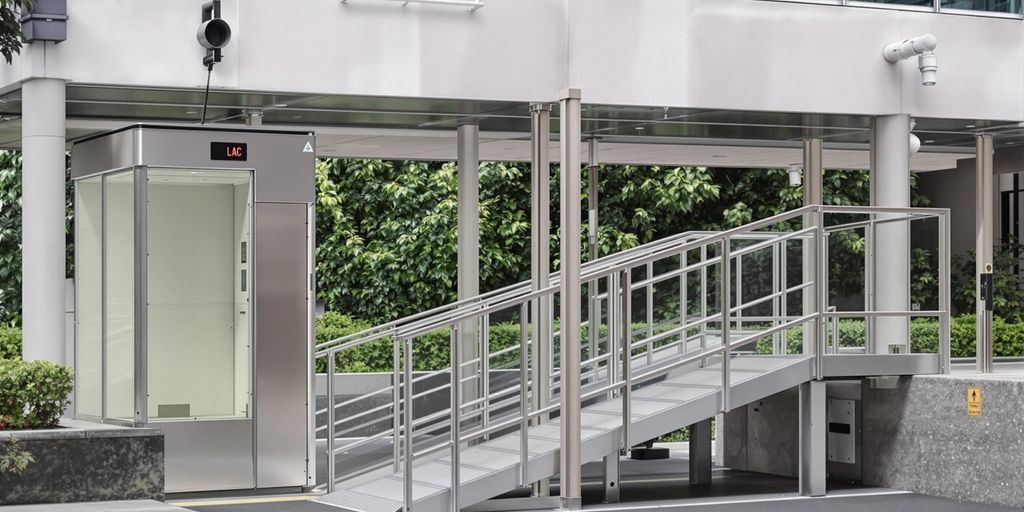Hand Controls vs. Left-Foot Accelerators: Which is Right for You?
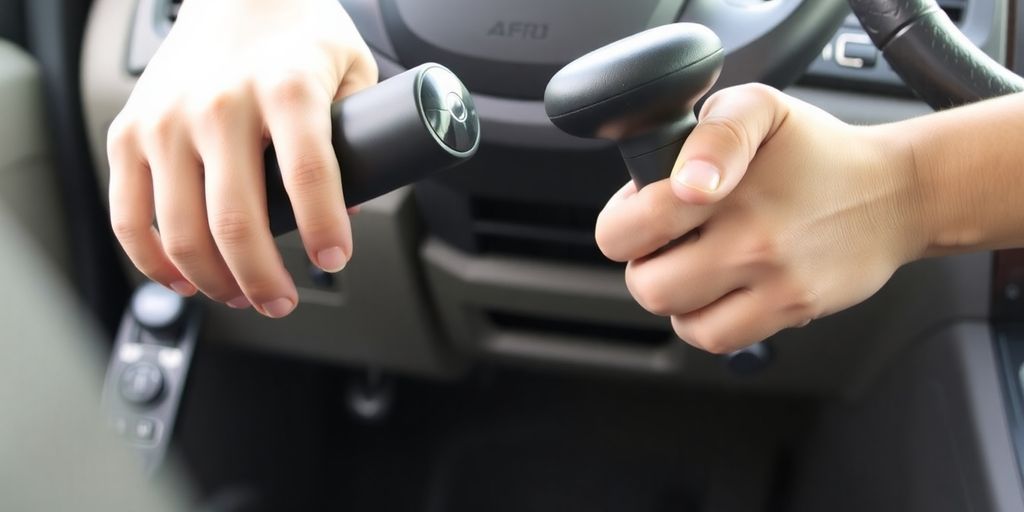
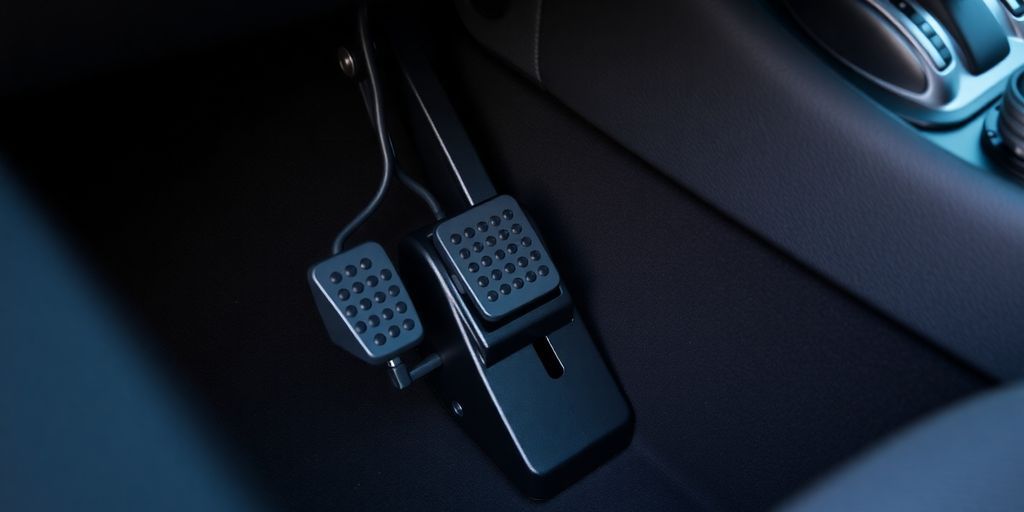
When it comes to driving with a disability, choosing the right controls can make all the difference. Hand controls and left-foot accelerators are two popular options, but each has its own benefits and challenges. Understanding these options can help you determine which one fits your needs best. Let's break down the key features of both systems to help you make an informed decision.
Key Takeaways
- Hand controls allow for acceleration and braking using hand movements, ideal for those with limited leg mobility.
- Left-foot accelerators enable drivers to use their left foot for gas and brake, suitable for individuals with right leg impairments.
- Both systems require proper training to ensure safety and comfort while driving.
- Customization options are available for both hand controls and left-foot accelerators to suit individual preferences.
- Consider consulting with a professional to evaluate your specific needs and try out different options before making a decision.
Understanding Hand Controls
What Are Hand Controls?
Hand controls are adaptations that allow people who can't use foot pedals to drive a car. They transfer the function of the accelerator and/or brake to hand-operated controls. This opens up driving independence for those with limited mobility or amputations. There are different types to suit various needs, but they all fall into mechanical or electronic categories.
Types of Hand Controls
There are a few main types of hand controls. Mechanical hand controls use a lever to physically operate the pedals. A popular type is column-mounted push/pull controls, where you push to brake and pull to accelerate. These are often adjustable and let you keep the original foot pedals. Floor-mounted controls are another option, usually for left-hand operation. Electronic hand controls use electronic signals to control the car's systems.
Benefits of Hand Controls
Hand controls can really change someone's life. Here are some of the benefits:
- Increased independence: Being able to drive yourself is a huge deal.
- Greater mobility: You can go where you need to go, when you need to go.
- Improved quality of life: Hand controls can open up social and work opportunities.
Choosing the right hand controls is important for safe and comfortable driving. Consider your needs, grip comfort, and vehicle compatibility. It's a good idea to get an assessment from a professional to figure out the best fit for you.
Exploring Left-Foot Accelerators
What Is a Left-Foot Accelerator?
Left-foot accelerators are vehicle modifications that allow drivers to operate the gas pedal with their left foot instead of their right. This adaptation is particularly useful for individuals who have limited or no function in their right leg. It involves installing a secondary accelerator pedal on the left side of the brake pedal. This setup enables the driver to accelerate and brake using only their left foot. It's a pretty neat solution for maintaining driving independence.
Types of Left-Foot Accelerators
There are a couple of different types of left-foot accelerator setups available:
- Twin flip pedals: These feature two hinged accelerator pedals, one on each side of the brake. When one is in use, the other flips up and out of the way. This allows for easy switching between left-foot and right-foot driving.
- Mechanical floor-hinged accelerators: These are a bit more involved, requiring the entire assembly to be detached or re-installed when switching between drivers.
- Electronic left-foot accelerators: These use electronic signals to control the vehicle's acceleration, offering a smooth and responsive driving experience.
Advantages of Left-Foot Accelerators
Left-foot accelerators offer several benefits for drivers with right-leg disabilities:
- Maintains driving independence: Allows individuals to continue driving safely and comfortably.
- Simple to use: Most designs are intuitive and easy to learn.
- Adaptable: Can be installed in a wide range of vehicles.
Using a left-foot accelerator can be a game-changer for people who thought they might never drive again. It's all about finding the right adaptation to fit your specific needs and abilities. It's not a one-size-fits-all solution, but it can make a huge difference in quality of life.
Comparing Usability and Comfort
Ease of Use for Hand Controls
When it comes to hand controls, the learning curve can vary depending on the type. Mechanical hand controls are often considered easier to grasp initially, especially for those new to adaptive driving. Electronic hand controls, while potentially offering more precise control, might require a bit more familiarization.
Here's a quick breakdown:
- Mechanical controls: Simpler operation, direct connection to the vehicle's systems.
- Electronic controls: More customization, potentially smoother acceleration and braking.
- Hybrid systems: Combine elements of both for a balance of ease and precision.
It's important to remember that everyone's experience is different. What feels intuitive to one person might be challenging for another. Factors like upper body strength, coordination, and prior driving experience all play a role.
Comfort Level with Left-Foot Accelerators
Left-foot accelerators present a different set of considerations. For drivers accustomed to using their right foot, switching to the left can feel unnatural at first. However, with practice, many find it to be a comfortable and effective solution. The key aspects influencing comfort include:
- Pedal placement: Proper positioning is crucial to avoid strain.
- Seat adjustment: Optimizing the seat ensures a comfortable reach.
- Driving posture: Maintaining a relaxed posture reduces fatigue.
User Experience and Feedback
Ultimately, the best way to gauge usability and comfort is through real-world experience. User feedback highlights some common themes:
- Hand controls: Some users report hand fatigue on long drives, while others appreciate the increased control.
- Left-foot accelerators: Some drivers find the transition challenging initially but adapt quickly with practice. disabled drivers can enhance their travel convenience and options.
- Personal preferences: Individual needs and preferences play a significant role in determining the optimal solution.
It's highly recommended to consult with professionals and, if possible, test drive vehicles with both types of adaptations to make an informed decision.
Safety Considerations for Drivers
Safety Features of Hand Controls
When considering hand controls, safety is paramount. Modern hand control systems come equipped with several features designed to mitigate risks and ensure driver safety.
- Many systems include a cutoff switch that disables the standard accelerator pedal when the hand controls are in use, preventing accidental acceleration.
- Some advanced systems have built-in fail-safe mechanisms that engage if the driver loses control of the hand controls.
- Proper installation by certified technicians is crucial to ensure the hand controls function correctly and safely.
It's important to remember that while hand controls offer increased independence, they also require a period of adjustment and training to use safely and effectively. Always prioritize professional guidance and practice in a controlled environment.
Safety Features of Left-Foot Accelerators
Left-foot accelerators also incorporate safety features to protect drivers. These adaptations are designed to prevent unintended acceleration and ensure a smooth transition for drivers adapting to this new method.
- A common feature is a guard or shield that covers the original gas pedal, preventing accidental use of the right foot. This car adaptation is essential for safety.
- Many left-foot accelerator systems include a quick-release mechanism, allowing the original accelerator pedal to be quickly re-engaged if needed.
- Some systems have electronic cutoffs that disable the left-foot accelerator if the original pedal is depressed, adding an extra layer of safety.
Training and Adaptation
Adapting to either hand controls or a left-foot accelerator requires proper training and a period of adjustment. It's not just about installing the equipment; it's about learning to use it safely and effectively.
- Professional driver rehabilitation specialists can provide tailored training programs to help drivers adapt to the new controls.
- These programs often include simulated driving scenarios and on-road practice to build confidence and proficiency.
- Regular evaluations and check-ups are important to ensure the driver continues to use the adaptive equipment safely and effectively. Consider a steering wheel spinner for enhanced control.
Customization and Adaptability
Custom Options for Hand Controls
When it comes to adaptive hand controls, one size definitely doesn't fit all. The beauty of these devices lies in their ability to be tailored to your specific needs and preferences. You've got options for grip styles, control sensitivity, and even the positioning of the controls themselves.
- Electronic controls offer precise adjustments for drivers with limited strength.
- Mechanical controls provide a more direct feel and are often preferred by those who want a more traditional driving experience.
- Quick-release mechanisms allow for easy removal or adjustment of the controls, making it simpler for multiple drivers to use the same vehicle.
It's really about finding what feels most natural and comfortable for you. Don't be afraid to experiment with different setups until you find the perfect fit. This is a game changer.
Adjustments for Left-Foot Accelerators
Left-foot accelerators aren't just a simple swap of pedals; they come with their own set of customizable features. The pedal angle, height, and even the amount of pressure required to accelerate can all be adjusted. This ensures that you can maintain a comfortable and controlled driving position. Adjustability is key here.
- Pedal guards can be added to prevent accidental activation of the original gas pedal.
- Quick-release options are available for situations where the vehicle needs to be driven by someone without the adaptation.
- Electronic cut-offs can disable the original accelerator pedal for added safety.
Personalizing Your Driving Experience
Ultimately, the goal is to create a driving experience that feels both safe and natural. This means taking the time to fine-tune your hand controls or left-foot accelerator to match your individual needs and driving style. It's about more than just getting from point A to point B; it's about feeling confident and in control behind the wheel.
- Consider your physical limitations and how they might impact your ability to operate the controls.
- Work with a qualified driving rehabilitation specialist to assess your needs and recommend the best options.
- Don't be afraid to ask for modifications or adjustments until you're completely satisfied with the setup.
Cost Implications and Budgeting
Cost of Hand Controls
Okay, let's talk money. Hand controls? They're not exactly cheap. The price can really vary depending on the type you need and how complex the installation is. You're looking at a range, and it's a pretty wide one. Simple mechanical hand controls might be on the lower end, but electronic ones with all the bells and whistles? Those will definitely cost more. Don't forget to factor in the installation costs, because unless you're a pro, you'll need someone to install them correctly.
- Type of hand control (mechanical vs. electronic)
- Vehicle compatibility
- Installation labor costs
Cost of Left-Foot Accelerators
Left-foot accelerators are another option, and their cost is also something to consider. Just like hand controls, the price depends on the specific type and the complexity of the installation. Some are basic and straightforward, while others have features like quick release for other drivers. Installation is key here too, because you want to make sure it's safe and reliable. It's a good idea to get a few quotes from different installers to see what the going rate is.
- Accelerator type (basic vs. advanced)
- Installation costs
- Potential for resale value
Insurance and Financial Assistance
Here's the good news: you might not have to foot the entire bill yourself. Depending on where you live and your specific situation, there might be some financial assistance available. Check with your insurance company to see if they offer any coverage for adaptive driving equipment. Also, look into state and federal programs that provide assistance to people with disabilities. There are also non-profit organizations that can help with funding. It's worth doing some research to see what's out there. Getting an equipment prescription can also help with applications.
It's important to remember that the cost of adaptive driving equipment is an investment in your independence and mobility. While it might seem like a lot of money upfront, it can open up a whole new world of possibilities. Don't let the cost deter you from exploring your options. There are resources available to help make it more affordable.
Making the Right Choice for Your Needs
Assessing Your Mobility Requirements
Okay, so you've made it this far, which means you're seriously thinking about either hand controls or a left-foot accelerator. The first thing you need to do is really think about your specific mobility needs. What are your limitations? What movements are difficult or impossible? Are your needs likely to change over time? Answering these questions honestly will help you narrow down your options. Consider these points:
- Identify specific physical limitations affecting driving.
- Evaluate the frequency and duration of your typical drives.
- Anticipate any potential changes in mobility due to progressive conditions.
Consulting with Professionals
Don't go it alone! Talk to certified driver rehabilitation specialists. These folks are trained to evaluate your abilities and recommend the best adaptive equipment for you. They can assess your strength, range of motion, and coordination to determine which solution will provide the safest and most comfortable driving experience. They can also help you navigate the adaptive equipment available.
Trial and Evaluation
Before you commit to anything, try it out! Most driver rehabilitation programs offer the opportunity to test drive vehicles equipped with both hand controls and left-foot accelerators. This hands-on experience is invaluable in helping you determine which system feels more natural and comfortable.
It's important to remember that everyone is different. What works well for one person may not work for another. Take your time, explore your options, and don't be afraid to ask questions. The goal is to find a solution that allows you to drive safely and independently for years to come.
Final Thoughts on Choosing the Right Driving Aid
In the end, picking between hand controls and left-foot accelerators really comes down to your personal needs and comfort. If you have good use of your left leg, a left-foot accelerator might be the way to go. It can feel more natural and keep you in control. On the flip side, if you find hand controls easier to manage, they can offer a lot of flexibility and safety features. Whatever you choose, make sure to get proper training and practice. Driving should be about freedom, so take the time to find what works best for you.
Frequently Asked Questions
What are hand controls?
Hand controls are devices that allow drivers to control the car's acceleration and braking using their hands instead of their feet.
What is a left-foot accelerator?
A left-foot accelerator is a special pedal that lets drivers use their left foot to accelerate while keeping the right foot for braking.
Are hand controls easy to use?
Yes, hand controls are designed to be user-friendly and can be adjusted to fit the driver's needs.
Is a left-foot accelerator safe?
Yes, left-foot accelerators are safe when used correctly and with proper training.
Can I customize my hand controls?
Absolutely! Hand controls can be customized to suit your specific driving needs and comfort.
How much do hand controls or left-foot accelerators cost?
The cost varies depending on the type of controls you choose, but there are options available for different budgets.
First Responders & Military Discount + VA Approved
PRODUCTS AND SERVICES
North Georgia Mobility | All Rights Reserved | Powered By Flypaper | Privacy Policy

